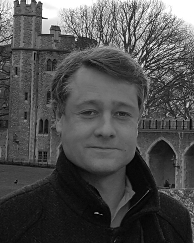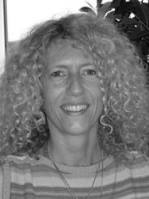Main content
Top content
Project P8
Title
Real-Time and Real-Space Dynamics of Far-From-Equilibrium States in Isolated Quantum Systems
Principal investigators
- Prof. Dr. Robin Steinigeweg (Universität Osnabrück)
- Prof. Dr. Jochen Gemmer (Universität Osnabrück)
- Prof. Dr. Kristel Michielsen (Forschungszentrum Jülich)
 |  |  |
Summary
Understanding the emergence of diffusion from truly microscopic principles has been and still is a major challenge in many-body physics. In this project, we tackle this challenge for isolated quantum systems without any coupling to environments. Specifically, we investigate the real-time broadening of density profiles, as resulting from the Schrödinger equation for a convenient class of nonequilibrium initial conditions. This class consists of pure states and realizes inhomogeneous density profiles at the beginning, e.g., with a pronounced peak on top of a homogeneous many-particle background at nonzero temperatures. Within this class, we systematically vary internal degrees of freedom to shed light onto the role of the specific initial-state preparation.
A key concept in this project is typicality. This concept states that the ensemble average is accurately given by the expectation value of a single pure state drawn at random. On the one hand, we employ this fact to numerically calculate equilibrium correlation functions in huge Hilbert spaces, far beyond the range of standard exact diagonalization. In this way, we study real-time and real-space dynamics in the linear-response regime. This study is further complemented by perturbation theory in terms of projection operator techniques. On the other hand, the above fact does not imply that nonrandom choices of pure states yield a different dynamics. We thus intend to classify the crucial properties of close-to-equilibrium and far-from-equilibrium initial states.
Our project focuses on transport of spin, charge, and energy in low-dimensional quantum systems. The starting point of our analysis is both, the integrable XXZ spin-1/2 and the Fermi-Hubbard chain, where first results have been obtained recently. We now proceed to generic nonintegrable chains, larger spin, ladder structures and two-dimensional clusters, as well as to disordered problems. Here, we plan to contribute to the question of subdiffusion in the vicinity of the transition to many-body localization.

